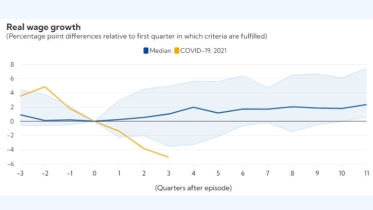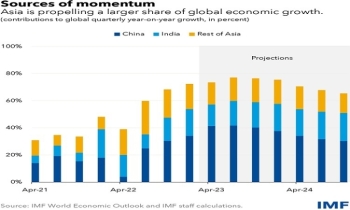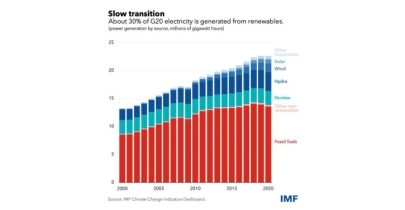Women struggle for equal pay and progression at central banks
IMF Blog || BusinessInsider

Photo: Representational
Less than half of workers employed in advanced economy central banks are women, but on average only a third of women are economists or managers, according to an IMF Survey. Instead, women occupy 80 percent of administrative and HR roles, which shows that occupational segregation is quite pervasive.
This is the first survey of its kind that we know of, with studies having so far focused on academia and the private and public sectors more broadly. Central banks can set high gender standards for other economic institutions and this work sheds light on how monetary authorities can improve their own performance.
National central banks in the Group of Seven (G7) participated, as well as the European Central Bank. The topics covered include diversity policies, employment practices, earnings, leave and work arrangements, and childcare and other benefits.
Using data from the survey, we designed a new index, the Human Resources Gender Index (HRGI), which uses a scoring from 0 to 1, with 1 being maximum equality. As our latest Chart of the Week shows, policies to eliminate gender gaps have been only partially successful. The ranges and wide variation in scores suggest that participating central banks could do more to reduce the gender gap.
On average, central banks score highly on diversity policies, such as hiring targets or mentoring programs and guaranteed interview schemes. However, these are rarely enforced by law and are often limited to people with disabilities.
Where central banks lag is the type of employment offered and pay—65 percent of the overall number of employees on part-time contracts are women. In some central banks, this percentage rises to as much as 80 percent. While these contracts offer flexibility, they can limit women’s career progression, contributing to the small number of women in managerial positions.
The gender gap is even more staggering when it comes to pay—just 27 percent of women make the top 20 percent of annual earnings.
Childcare and related subsidies are also limited, though parental leave and flexible work arrangements are widely offered.
We plan to extend the coverage of this survey to more central banks in both advanced and developing economies, in line with the IMF’s strategy on gender, and numerous studies that show the economic benefits of diversity and equality.
























